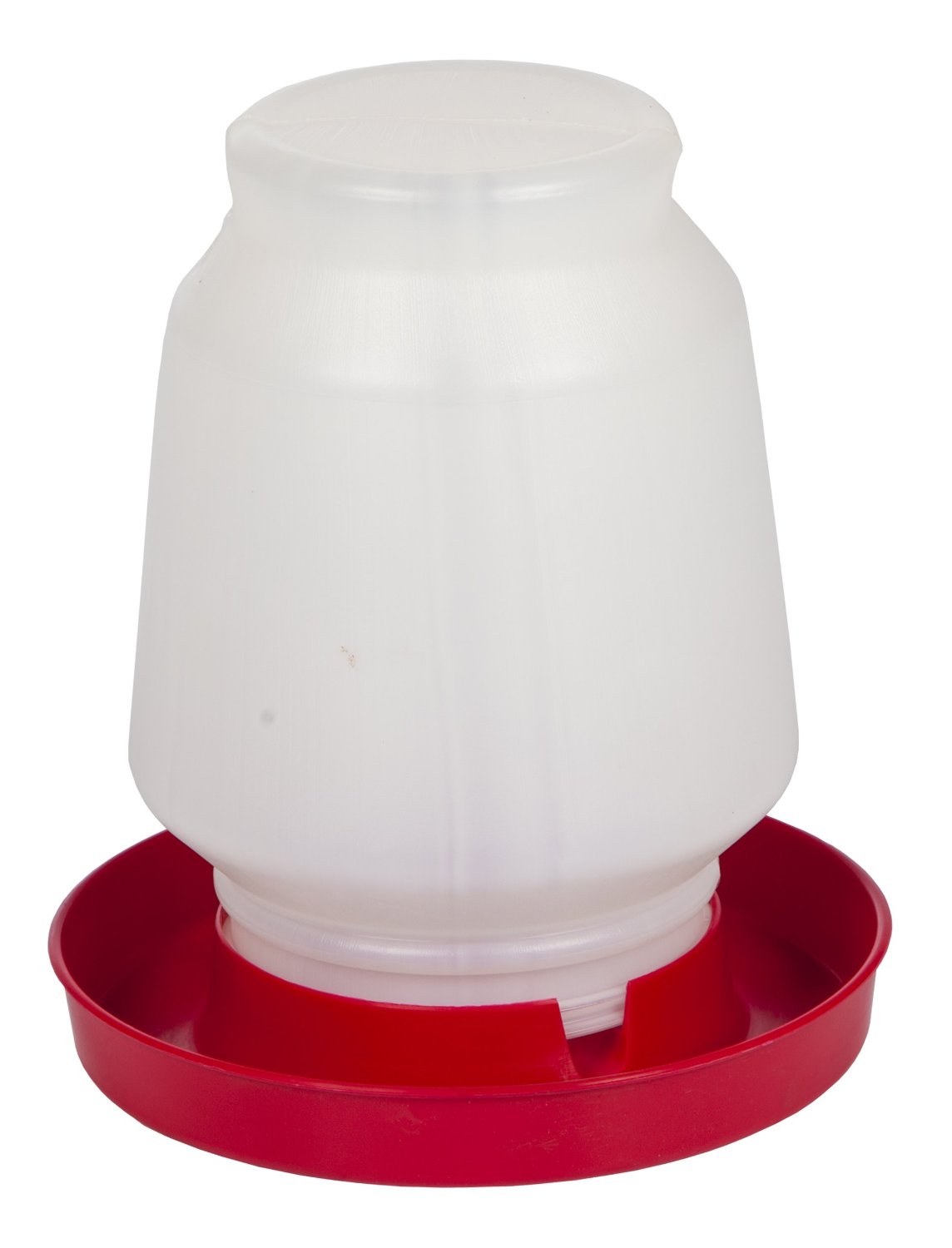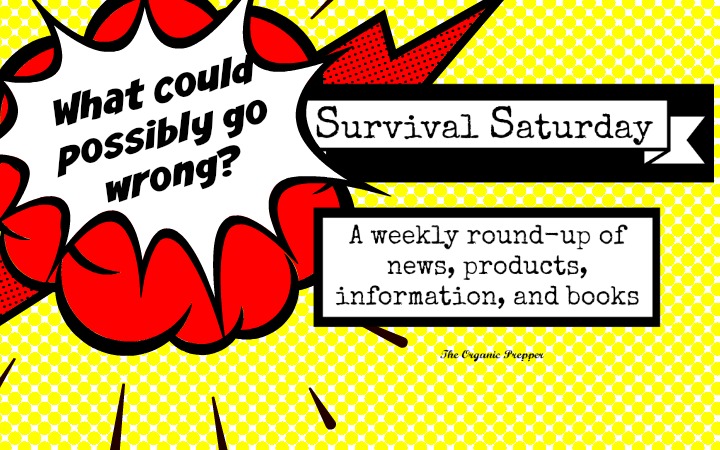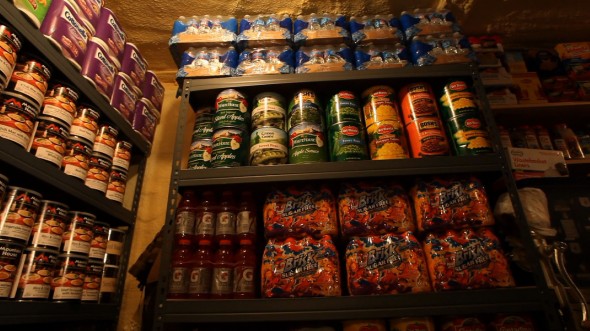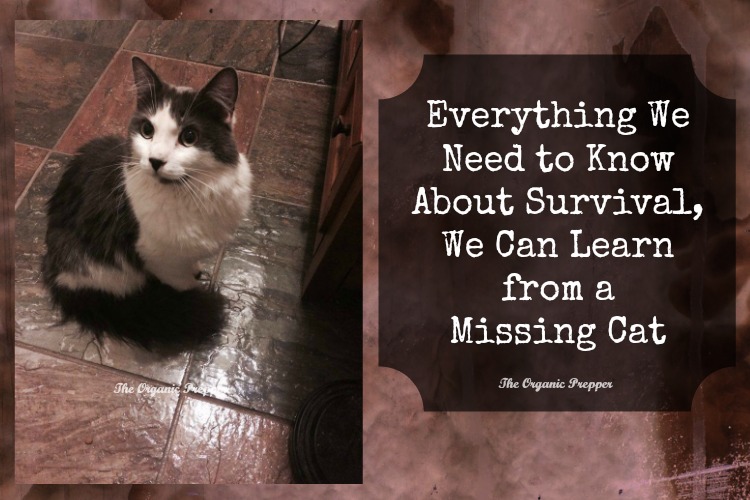![]()

The threat of a large-scale terrorist attack caused by chemical, biological, radiological or nuclear weapons of mass destruction has been at the forefront of investigations in recent months, so much so that in March the White House issued a warning highlighting the four most likely scenarios for a nuclear attack on U.S. soil.
Following the attack in Brussels earlier this year it was learned that terrorists had not only targeted nuclear facilities in Belgium, but that the chief of the power plant in question had been staked out, recorded and followed. A security guard at the nuclear plant also died under mysterious circumstances.
Now, according to a report from Zero Hedge, another nuclear plant has been targeted, this time with a virus that has infected its computer systems:
Remember when “someone” used the Stuxnet virus, or rather worm, in an Iranian nuclear plant several years ago to freeze Iranian nuclear production, leading to a major diplomatic scandal involving the spy agencies of both the US and Israel, as the world learned that in the present day industrial sabotage only needed a flash drive and a computer virus to render even the most sophisticated piece of industrial machinery obsolete? Well, moments ago, Bloomberg reported that a computer virus was discovered in a German nuclear power plant.
- A computer virus was discovered at the Gundremmingen nuclear power plant in Bavaria, German news service DPA reported.
- No danger to employees or populace
- Power plant noticed the virus in its Block B on Mon.
- RWE specialists to determine how malware entered computer system built in 2008
BR (google translated) is reporting that the malware is thought to be brought in by a data carrier, and the affected portion of the system is the fueld assembly loading area.
The affected IT system is part of the fuel assembly loading machine of the power plant. This raises, for example, old fuel from the reactor core and transports it to the storage pool. An influence on the control of these loading machine has the IT system according to the operator but not. In the power plant all other safety-related IT systems have been checked without finding the meantime.The competent authority and the Federal Office for Information Security (BSI) have been informed. The reconnaissance takes place with the assistance of IT specialists in the RWE Group. The malicious software may have been introduced by a data carrier.
Ironically, in the case of the Iran “infection”, one of the suspected parties was Germany’s own Siemens. It would be painfully ironic if the same someone had infected a Germany nuke at roughly the same time.
While the WMD threat once again appears to be centralized in Europe, the fact is that the United States has scores of power plants across the country and in all likelihood terrorists, whether middle eastern, state-sponsored, or rogue organizations, are actively looking for ways to cause maximum damage to American citizens.
An attack on a nuclear facility may be improbable, but it’s certainly a real and highly dangerous possibility that could leave tens of thousands of people dead and entire regions of the United States uninhabitable.
Moreover, the threat isn’t restricted to just to nuclear plants. With our porous southern border and no immigration control to speak of, those who mean to do us harm can easily cross into the United States, WMD in hand, to launch an attack on the American people.
In fact, in the summer of 2014 the Texas Rangers were dispatched to the southern border after nuclear materials that could be used in a dirty bomb attack were stolen in Mexico.
In 2011 it was reported that Customs and Border Protection had identified and seized a nuclear weapon of some kind as it was being smuggled into the United States.
The threat is most certainly real and as completely insane as it may sound, it’s only a matter of time before such a CBRN weapon is used in a large population center in the United States or Europe.
Perhaps it’s time Americans consider preparing for a nuclear attack:
Regardless of whether you decide to stay or bug out, there are a few items you should strongly consider adding to your prepping supplies. Aside from the usual stuff like food, water, tools, weapons, and medical supplies, you’ll probably need the following:
- Gas mask with filter specifically designed for radioactive materials
- Hand crank radio for weather reports
- Geiger counter
- Potassium iodide for thyroid health
- Zeolite, bentonite clay, and activated charcoal for decontamination (buy food grade versions for detoxing the body)
- Chlorella or spirulina for detoxing your body
You’ll find that everything on this list will also be useful for other scenarios like nuclear war and dirty bomb attacks. Truth be told there are countless ways that you or family could face a radioactive threat, but with the right mindset, gear, and supplies, you can survive even the worst nuclear disasters.
Related Reading:
The Most Advanced Tactical Gas Mask In The World (CBRN-Rated)
New Map Shows 120 Million Americans are at Risk of Nuclear Fallout
Report: Terrorist Nuke Attack May Be Carried Out Inside the United States in Next 12 Months
What Happens to Nuclear Power Plants Following an EMP?
Nuke Planning Official: “It’s More Survivable Than Most People Think”
7 Natural Supplements You Should Have in Case of Nuclear Fallout
 (Goldman Sachs CEO Lloyd Blankfein has claimed his company is “Doing God’s Work.”)
(Goldman Sachs CEO Lloyd Blankfein has claimed his company is “Doing God’s Work.”)
































